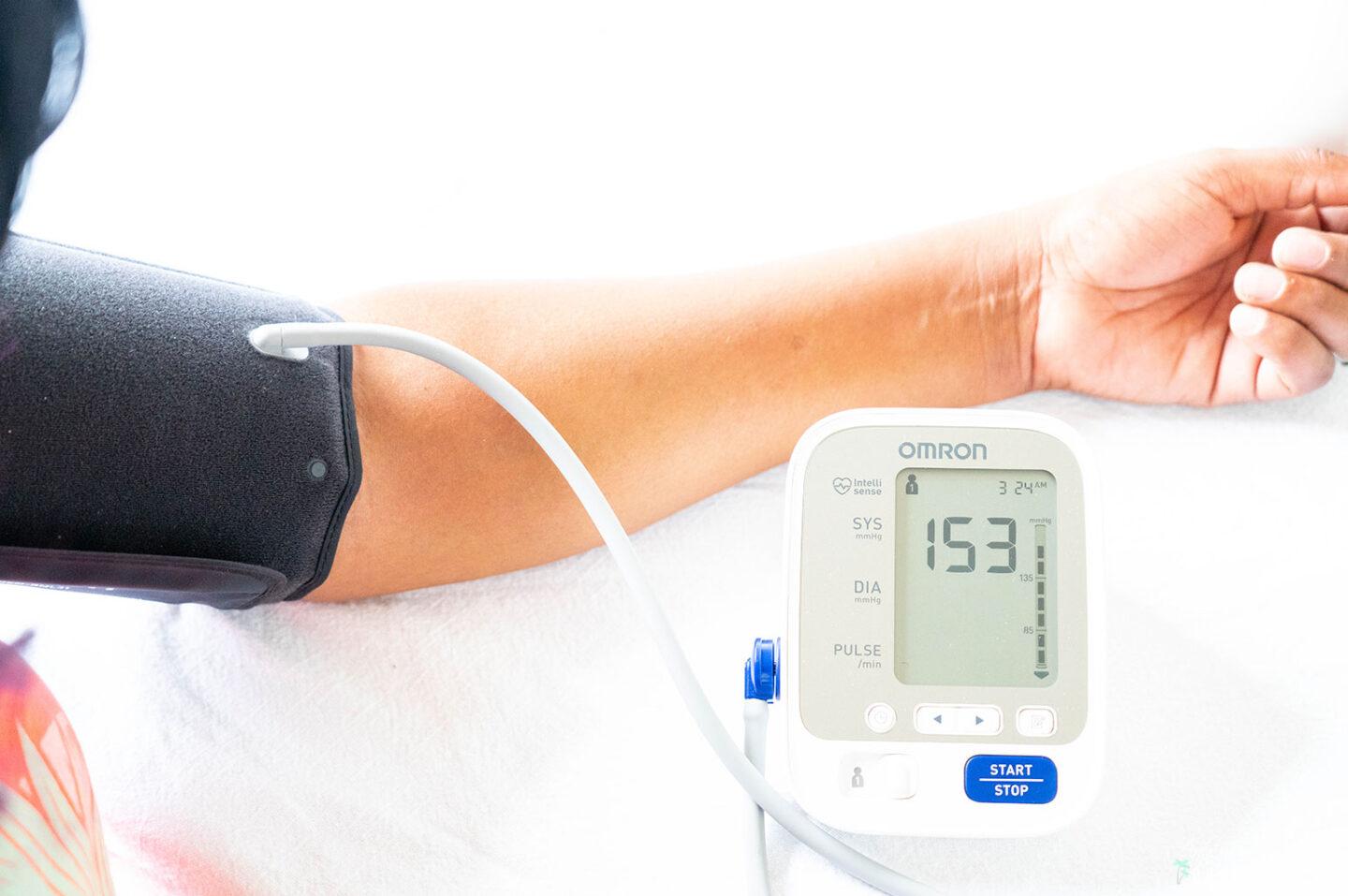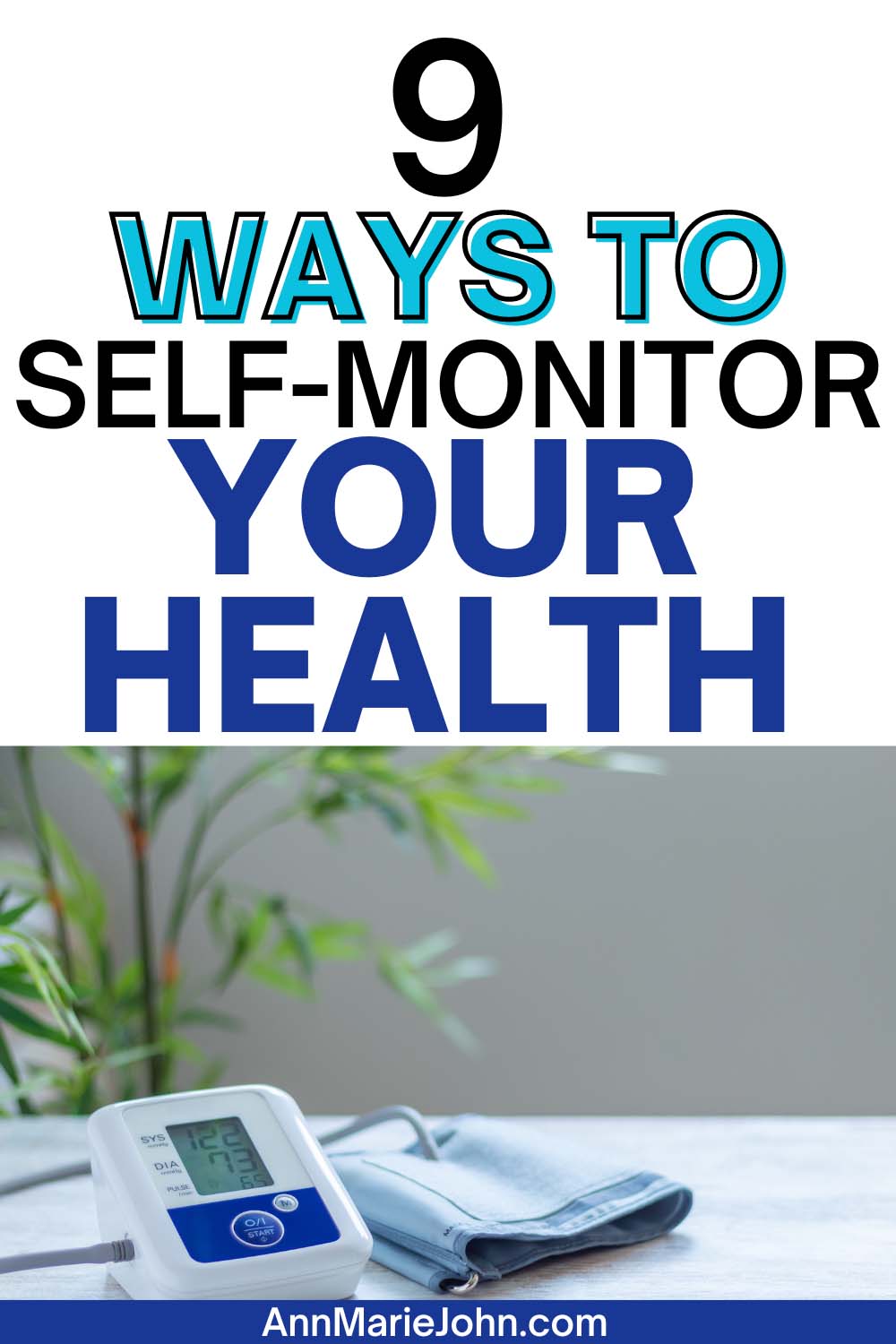If you have suffered an illness or medical emergency in the past, or perhaps you have a family member or friend who has, you probably know the importance of keeping tabs on your health.

With the average cost of health insurance, you won’t want to pay deductibles for tests every time you feel under the weather. You also won’t be able to run to the doctor, nor should you necessarily do so every time you feel a bit off. So, what can you do, and how do you start?
Self-monitoring your own health between doctor appointments and routine exams is one way to know if you are veering off course from what is normal for your body. What may appear to be within a normal range may, in reality, be abnormal for some. So, it’s important to know what normal is for your body, as everyone is different.
The way to begin and determine what is normal for you is by tracking certain behaviors like sleep and physical characteristics like heart rate and blood pressure. Knowing what to look for can get you medical help in time and help your doctors evaluate your health when it’s time for that checkup.
Here are some ways you can be your own best friend when it comes to your health.

1. Check your blood pressure.
Unless your doctor advises otherwise, you may not need to check it every day, but doing so once a week will give you a general idea of how your blood pressure is doing. You can go to a local pharmacy or get yourself a blood pressure cuff to do so at home.
Usually, normal blood pressure has a top number of 120 and a bottom number of about 80. If your numbers are higher, repeat the test for several days. If it appears to remain high, contact your doctor.
2. Check your heartbeat rate after you exercise.
Heart rate recovery after exercise can be an alarm bell if it’s poor. To check your heart rate after you have been involved in strenuous activity, count your heartbeat for approximately 15 seconds. Multiply this number by four, and you will have your heartbeat rate.
Rest for two minutes and repeat this exercise. Then subtract the second number from your first number. If the final number is lower than 55, your heartbeat recovery rate is higher than what is considered normal, and you should consult your physician.
3. Check your cholesterol.
Most pharmacies and drugstores carry home testing kits. If your total cholesterol measures above 150 mg/dl, you may want to see your doctor for a follow-up.
4. Know your BMI
The body mass index (BMI) is the amount of fat based on weight and height that a person carries. This is a screening tool to identify weight categories at risk for health problems. A BMI between 18.5 and 24.9 is considered normal. BMIs over 25 indicate that a person is overweight, and a BMI over 30 indicates obesity, which is recognized as a medical condition.
You can determine your BMI with this calculator.
5. Monitor your urine color.
Healthy urine should be clear and the color of straw. If your urine is darkly colored or has a very strong odor, you may not be drinking enough fluids. If, after increasing your fluid intake, your urine continues to be dark or to smell, this warrants a visit to your doctor.
6. Track your sleepiness.
To be healthy, you need to get enough sleep. There are a few symptoms that you are not getting adequate sleep that you will want to watch for.
If you need an alarm clock to wake up in the morning or if you doze off after eating your lunch or dinner, you may not be sleeping enough. Another common indication is if the afternoon brings on a bout of drowsiness to the point that it interferes with your concentration.
If you are getting a good night’s rest and still experience these symptoms, you may be suffering from low energy and should talk to your physician. Healthy people wake up refreshed without an alarm and do not suffer sleepiness during the day. They also have some energy remaining after dinner, so don’t underestimate your body’s cry for rest.
7. Do a breast or testicular self-exam.
Finding a lump during a breast self-exam or a testicular self-exam may only indicate an inflammation or infection of some sort, but in a worst-case scenario, it may be cancer. Changes in size, color, shape, or dimpling may be an alarm bell that something is wrong. Get to your medical care professional pronto.
8. Do a fall test.
For those suffering from osteoporosis, you may be at risk of falling. Joseph Lane,M.D.,. from the New York Hospital for Special Surgery developed an easy self-exam. Stand on one leg without holding onto something while timing yourself. Now stand on the other leg. Repeat this procedure three times.
Dr. Lane reports that a healthy eighty-year-old should be able to stand on a single leg for twelve seconds. If you cannot and tend to wobble, talk to your doctor.
9. Check your comb and hairbrush.
Is your hair falling out? Loss of hair can be a symptom of too little iron or thyroid disease.
Placing all the responsibility for monitoring your health on your doctor is a little idealistic unless you happen to be related and see the doc regularly. There are several things you can do to manage your health, such as annual checkups and insurance riders in the event of a critical illness or health event.
In Conclusion
Self-monitoring your health is a simple but effective way to get help before an alarm bell becomes a problem. It is important to pay attention to changes in your overall energy level, or if you experience any new aches or pains. You also want to be aware of any subtle changes in your mood or behavior that could indicate something more serious.
Additionally, keeping an eye on your diet and getting regular physical activity can help prevent health issues in the long run. Lastly, don’t forget to stay up-to-date with your doctor visits, as this is one of the most important ways you can monitor your overall health. By paying attention to these areas, you can keep yourself in good health and be proactive when it comes to your wellbeing.
